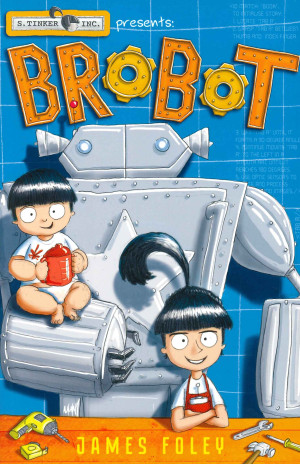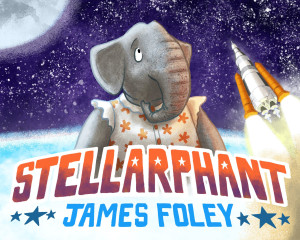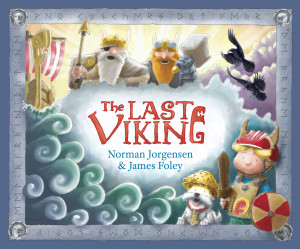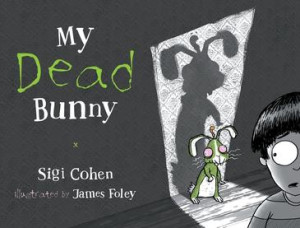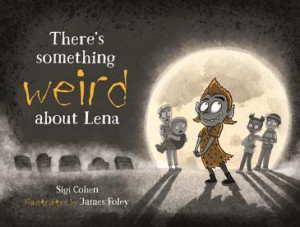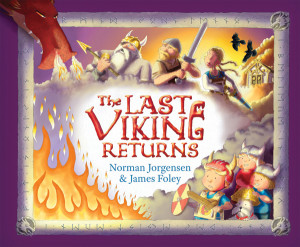

Planning your story with visuals
What’s in the Video?
Ever wondered how illustrators keep their characters and worlds consistent over a whole picture book? Find out all about a special tool that they can use to plan and perfect their work – the storyboard!
Video Chapters:
00:00 Introduction
00:23 Meet the creators
01:18 How to shape our own stories
04:22 Why is storyboarding so important?
06:40 Storyboarding tips and tricks
08:45 Final words of advice
09:32 Here’s what we’ve learned
 Learning Intentions
Learning Intentions
1. Learning about storyboarding, and how a storyboard can be used to plan illustrated work.
2. Exploring drafting and outlining, and learning how to use a storyboard to review and revise work.
SUCCESS CRITERIA:
1. Demonstrated understanding of the purpose of a storyboard by completing a storyboard for a piece of writing.
 Discussion Questions
Discussion Questions
PRE-VIDEO:
Have you ever tried to draw a story with pictures? How did you create this illustrated story? Did you write the words first and then draw the pictures? Did you ‘doodle’ illustration ideas first and then add them to your story? Did you work on both the pictures and words at the same time? What was your process?
If you were going to create a long book that included illustrations, like a picture book or a graphic novel – how might you go about it? What do you think you would need to do? What might some of the steps be?
POST VIDEO:
James talked about beginning his illustrated books with small sketches called THUMBNAILS. Do you remember what thumbnails were? What is the purpose of creating thumbnails for a book?
James also talked about creating ROUGHS, once he is happy with his thumbnails. What is your understanding of what roughs are?
Aśka mentioned that when she is storyboarding, she is trying to create an ‘adventure in pictures’ that allow the pictures to tell a story of their own. What do you think she means by this?
Aśka described how she created her storyboards, starting with 'doodles'. Can you remember the rest of her process?
James told us that storyboarding his work lets him experiment with words and pictures, and works like a plan for how he will tell his story visually. What do you think might happen if he didn’t storyboard his work first?
James also spoke about page turns, and how storyboarding lets him plan out these moments. And he gave us an example from his book, ‘Stellarphant’.
Do you remember this example?
What is a page turn? What do these moments do in a story?
Aśka said that a storyboard can be a 'map' that lets you lay out your story visually, and a way of organising your ideas on paper. What do you think she means by a ‘story map’?
James showed us a ‘dummy book’, otherwise known as a ‘mock-up’ of ‘Stellarphant’. Do you remember what a mock-up is? Why does he create a mock-up?
 Curriculum Links
Curriculum Links
ENGLISH Y3-4
Language:
● Text structure and organisation: AC9E3LA03, AC9E4LA03, AC9E3LA05,
AC9E4LA05
● Language for expressing and developing ideas: AC9E3LA09, AC9E4LA010
Literature:
● Literature and contexts: AC9E3LE01, AC9E4LE01
● Engaging with and responding to literature: AC9E3LE02, AC9E4LE02
● Examining literature: AC9E3LE03, AC9E4LE03
● Creating literature: AC9E3LE05, AC9E4LE05
Literacy:
● Analysing, interpreting and evaluating: AC9E3LY03, AC9E4LY03, AC9E3LY05,
AC9E4LY05
● Creating texts: AC9E3LY06, AC9E4LY08
LITERACY
Writing:
● Creating texts: Crafting ideas Level 5-6
CREATIVE AND CRITICAL THINKING
Generating:
● Create possibilities: Level 3








